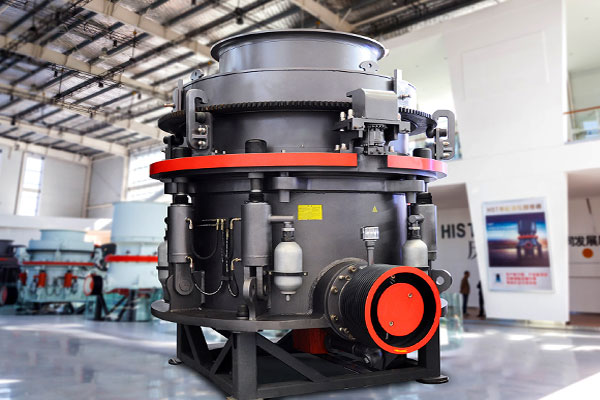Cone crushers are versatile machines widely used in mining, quarrying, and aggregate production for secondary and tertiary crushing. These crushers operate by compressing material between an eccentric rotating mantle and a concave bowl liner, breaking down rocks into smaller, uniform-sized pieces. Their robust design allows them to handle hard and abrasive materials like granite, basalt, and iron ore efficiently. Cone crushers are preferred over jaw crushers for finer and more consistent output, making them ideal for sand and gravel production, as well as for construction and road-building applications.
Key Components and Working Principle
A cone crusher consists of several critical components, including the main frame, mantle, concave liners, eccentric assembly, and hydraulic system. The crushing process begins when feed material enters the crushing chamber and is compressed between the rotating mantle and the stationary bowl liner. The eccentric shaft drives the mantle in an elliptical motion, ensuring continuous crushing action. The hydraulic system adjusts the crusher’s discharge setting, providing overload protection and allowing for quick changes in product size. Some advanced models, like the HPT multi-cylinder hydraulic cone crusher, optimize crushing efficiency through automated controls and improved chamber designs.

Advantages Over Other Crushers
Cone crushers offer several advantages, including higher reduction ratios, better particle shape, and lower operating costs compared to jaw or impact crushers. They provide consistent product size due to their controlled crushing action, making them suitable for producing high-quality aggregates. Additionally, their hydraulic adjustment and tramp release systems prevent damage from uncrushable materials, reducing downtime. Modern cone crushers, such as those with automated settings and real-time monitoring, further enhance productivity by optimizing performance based on feed conditions.
Applications in Different Industries
Cone crushers are essential in mining operations for processing hard ores and in construction for producing sand and crushed stone. They are commonly used in quarries, cement plants, and metallurgical industries to crush materials into specific gradations for concrete, asphalt, and railroad ballast. Certain models, like single-cylinder (HST) or multi-cylinder (HPT) hydraulic cone crushers, cater to varying production needs, offering high throughput with minimal energy consumption. Their ability to produce uniformly shaped aggregates makes them a preferred choice for high-end construction projects.
Maintenance and Technological Innovations
Proper maintenance, including regular inspection of wear parts (mantles, concaves, and bushings) and timely lubrication, ensures long-term reliability. Modern crushers integrate smart monitoring systems, allowing operators to track performance metrics such as power consumption and liner wear. Innovations like hybrid crushing chambers and energy-efficient motors further optimize cone crusher operations. Leading manufacturers continue to enhance designs to maximize efficiency, reduce downtime, and improve operational safety. As a result, cone crushers remain a cornerstone in material processing for industries worldwide.
